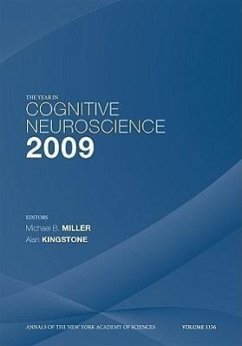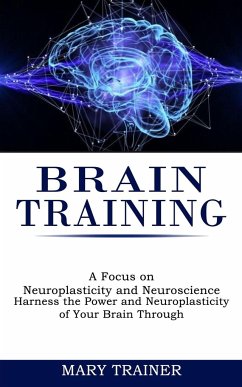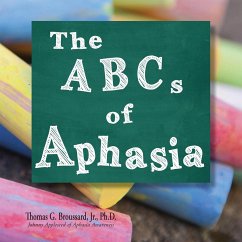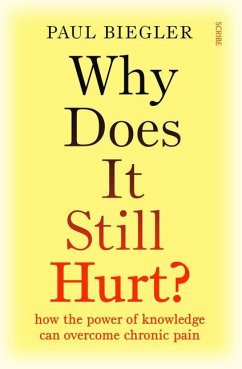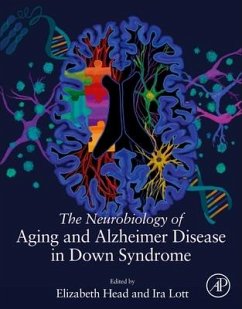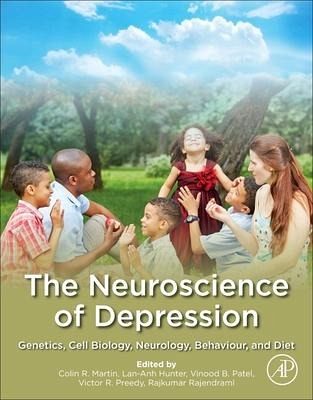
The Neuroscience of Depression
Genetics, Cell Biology, Neurology, Behavior, and Diet
Herausgeber: Martin, Colin R; Rajendram, Rajkumar; Preedy, Victor R; Patel, Vinood; Hunter, Lan-Anh

PAYBACK Punkte
67 °P sammeln!
The Neuroscience of Depression: Genetics, Cell Biology, Neurology, Behaviour and Diet is a comprehensive reference to the aspects, features and effects of depression. This book provides readers with the behavior and psychopathological effects of depression, linking anxiety, anger and PSTD to depression. Readers are provided with a detailed outline of the genetic aspects of depression including synaptic genes and the genome-wide association studies (GWAS) of depression, followed by a thorough analysis of the neurological and imaging techniques used to study depression. This book also includes t...
The Neuroscience of Depression: Genetics, Cell Biology, Neurology, Behaviour and Diet is a comprehensive reference to the aspects, features and effects of depression. This book provides readers with the behavior and psychopathological effects of depression, linking anxiety, anger and PSTD to depression. Readers are provided with a detailed outline of the genetic aspects of depression including synaptic genes and the genome-wide association studies (GWAS) of depression, followed by a thorough analysis of the neurological and imaging techniques used to study depression. This book also includes three full sections on the various effects of depression, including diet, nutrition and molecular and cellular effects. The Neuroscience of Depression: Genetics, Cell Biology, Neurology, Behaviour and Diet is the only resource for researchers and practitioners studying depression.





